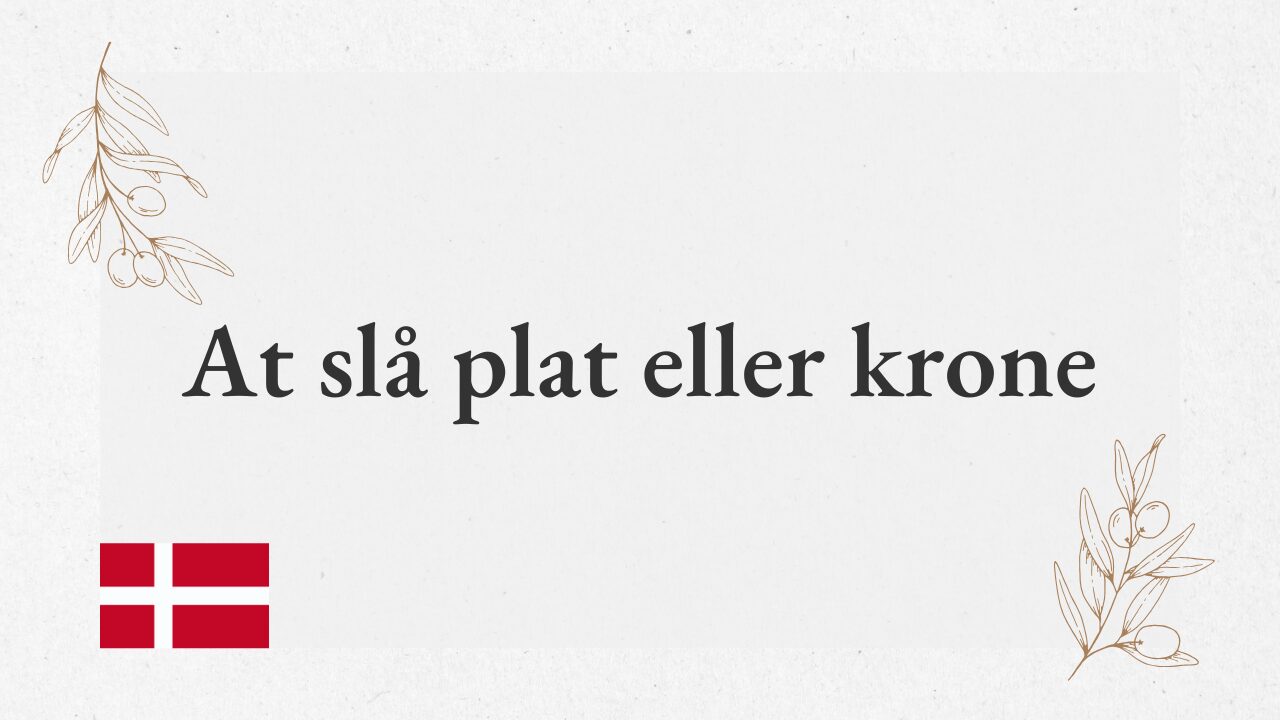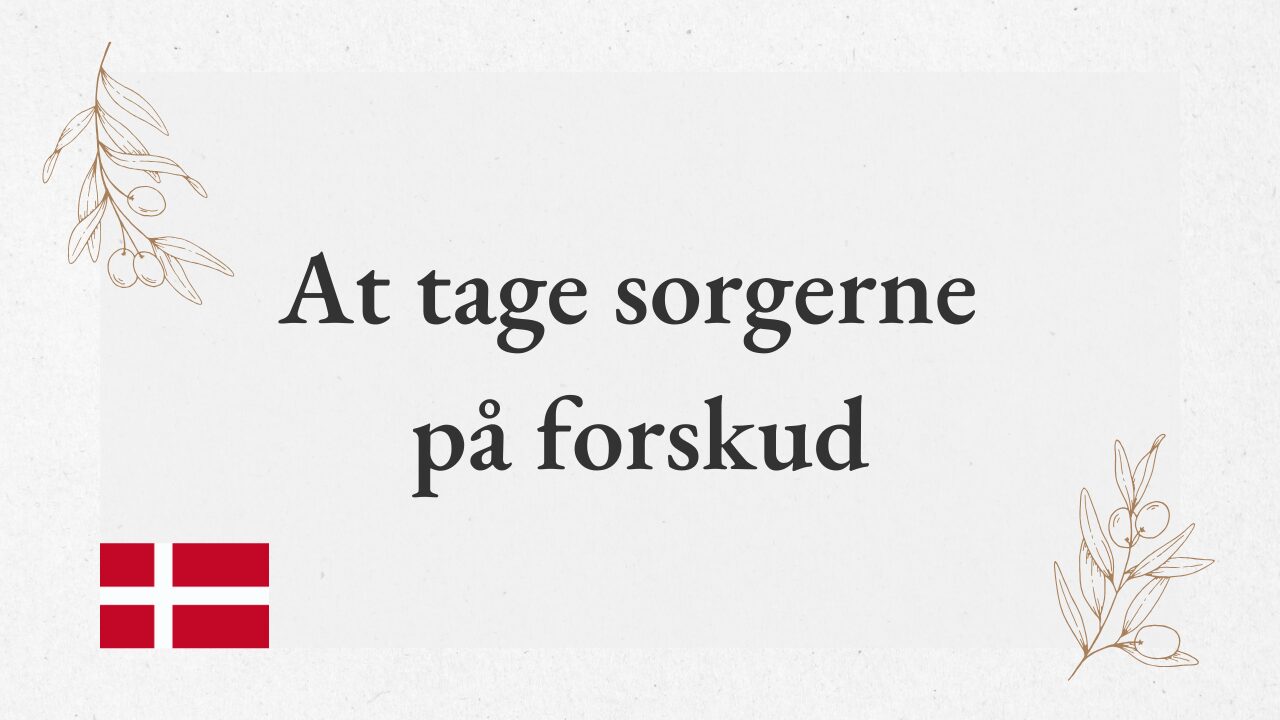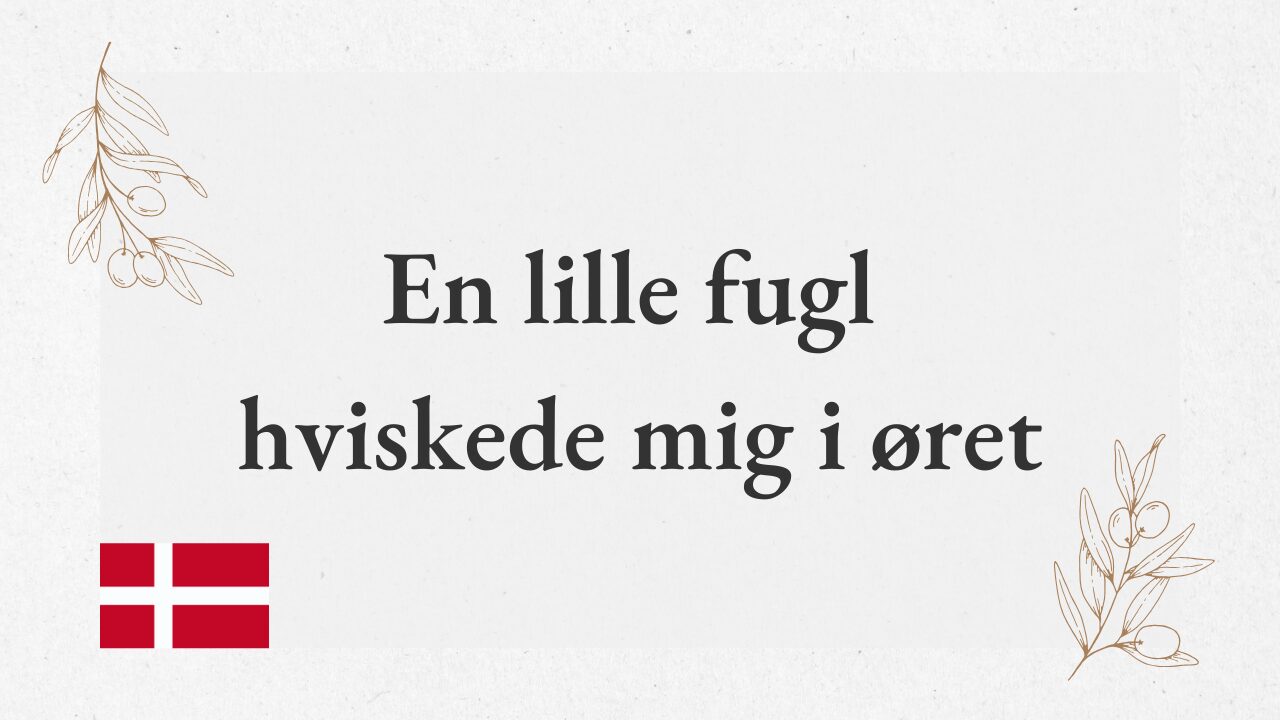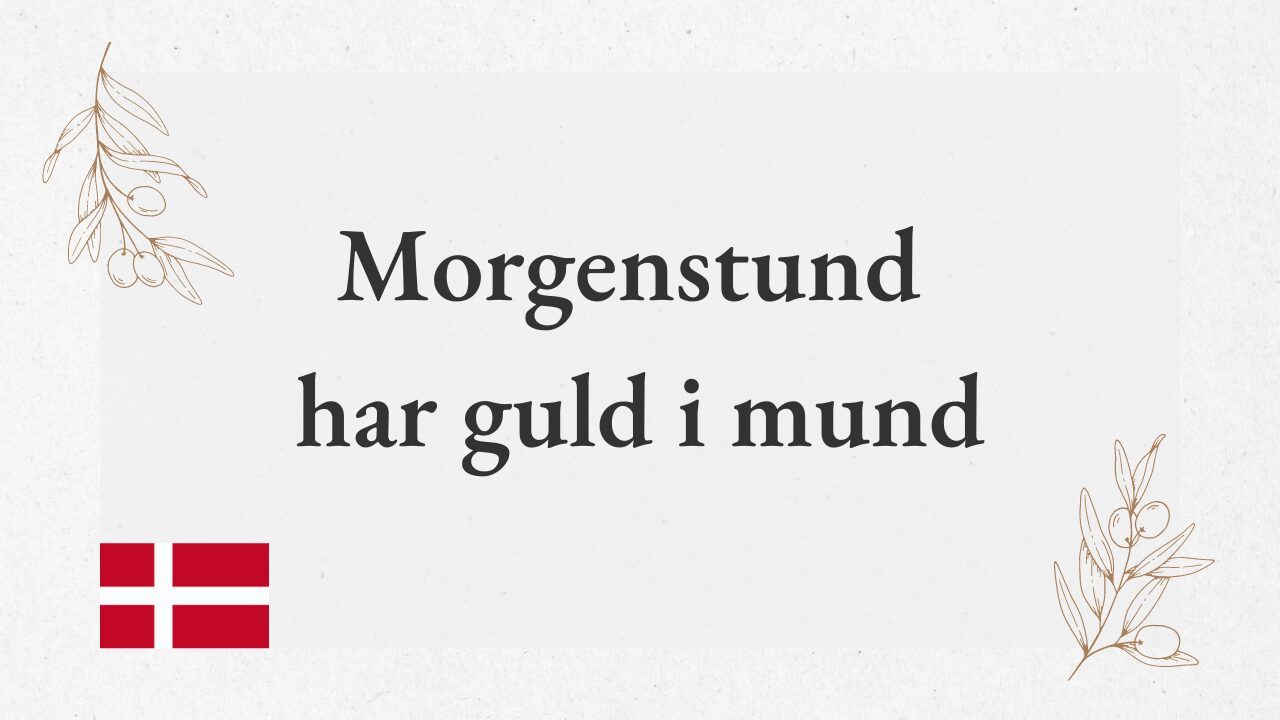“At slå plat eller krone” – To flip a coin

Meaning
“At slå plat eller krone” means “to flip a coin” in Danish. This phrase refers to making a decision by leaving it up to chance. In Japanese, it is expressed as “to do a coin toss,” and it is equivalent to the English expression “Heads or tails.” Essentially, this method is used when both options are equally appealing or important, and it is difficult to make a decision. By using a coin toss, the outcome is left to fate, making it a fair and simple way to resolve a choice.
Coin tossing has long been used as a fair and easily understandable method for making decisions. It is commonly employed in sports to determine who will go first, or in situations where there is a disagreement about which option to choose. When there is no clear criterion for making a decision, it serves as a convenient and well-loved way to settle disputes.
Origin
The origin of this expression comes from the age-old practice of coin tossing. “Plat” refers to one side of the coin, typically the flat side without any design, while “krone” refers to the side of the Danish coin that has a crown engraved on it, representing the Danish currency, the krone. In Denmark, the term came into use because one side of the coin is traditionally decorated with a crown. This simple but effective method of decision-making has been a part of Danish culture for generations.
Conclusion
“At slå plat eller krone” is a Danish expression meaning to flip a coin and leave the decision to chance. It is especially used when a quick and fair resolution is needed. In Danish culture, coin tossing is a practical method for mediating opposing opinions or deciding between two options when both are equally valid.
The phrase has its roots in the fact that one side of the coin features a crown (“krone”), and it remains a widely recognized and utilized method from the past to the present.




